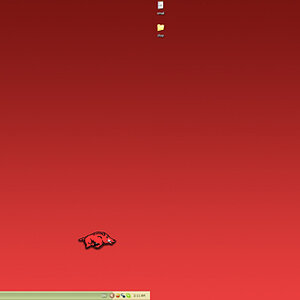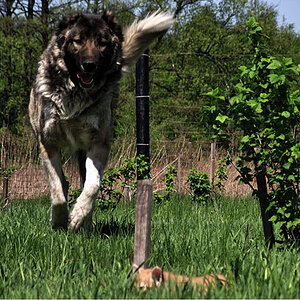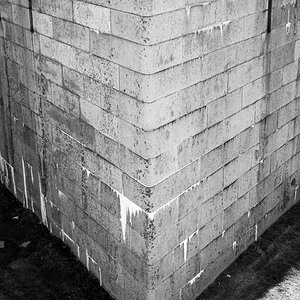Claff
TPF Noob!
- Joined
- Aug 16, 2006
- Messages
- 179
- Reaction score
- 0
- Location
- Waldorf, MD
- Website
- www.claffie.com
- Can others edit my Photos
- Photos OK to edit
I've been playing with ISO tonight, still not quite grasping how it effects what I take so you know there's still a lot to learn. But here's something I got with it:

I noticed that if I look at the original blown up to 100% there's quite a bit of grainy noise in the black. Not helping things is that EXIF does not tell me what my ISO setting was so I can't even go back and say "don't do this again"...

I noticed that if I look at the original blown up to 100% there's quite a bit of grainy noise in the black. Not helping things is that EXIF does not tell me what my ISO setting was so I can't even go back and say "don't do this again"...




![[No title]](/data/xfmg/thumbnail/41/41779-303c41fcb3e37507cbe986d76dbfcf85.jpg?1619739890)

![[No title]](/data/xfmg/thumbnail/32/32161-a5da499a329f1fae945778aac75d4442.jpg?1619735234)




![[No title]](/data/xfmg/thumbnail/35/35868-15d995e4052bf05e2038e8b2a545a08f.jpg?1619737195)

